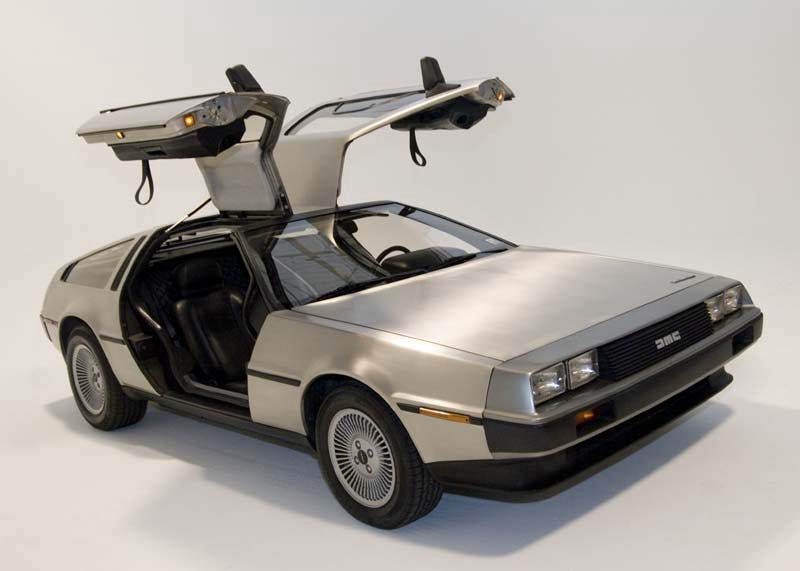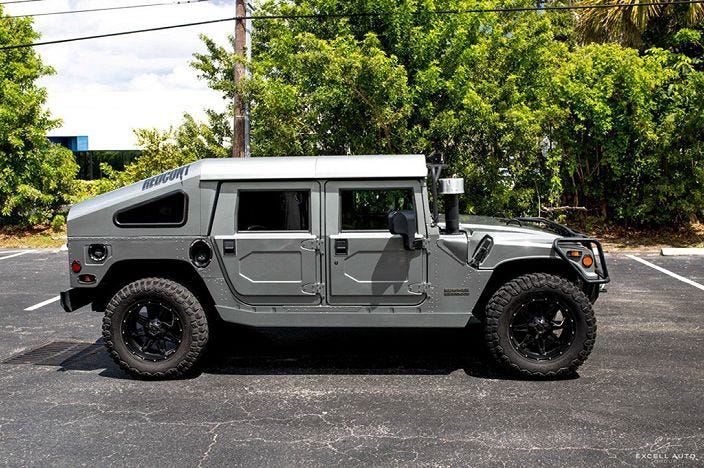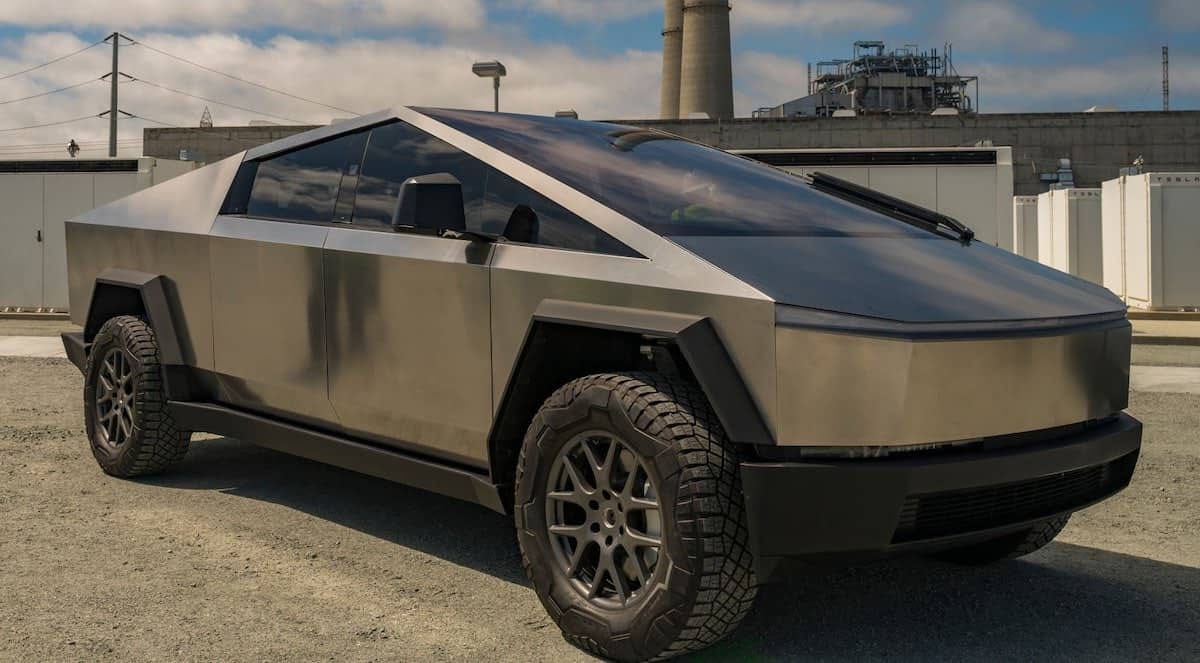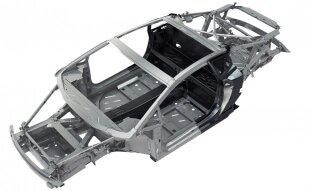Why Must the Tesla Cybertruck Look Ugly?
A look at the engineering decisions which dictate the appearance of Tesla's Cybertruck
Was the Cybertruck given its unique look for shock value, or because Elon Musk has terrible design taste? Many think the look was arbitrary and that the Cybertruck could have looked like anything. What I will do in this article is get into the technical details of why that is not the case.
A little personal disclaimer:
I am one of those who think the Cybertruck looks awesome. Why, what is wrong with you? I am a long-time fan of science fiction such as Blade Runner, and space exploration. The Cybertruck is like straight out of one of these stories.
While Elon Musk was obviously aiming for a particular design and look of the Cybertruck, that followed from engineering decisions, not the other way around. Hence, the crazy look of the truck is not some unnecessary indulgence of form over function that many may think.
The Ford F-150 Lightning electric pickup truck is already out and proving quite successful, so Tesla has its work cut out being delayed until mid-2023 before their Cybertruck hits the market.
The Design Goals that Dictated the Shape of the Cybertruck
Elon Musk has never been satisfied with just making another car or truck which is as good as existing fossil fuel variants. No, his goal has always been to make the battery version superior. Otherwise, how can you sell electric cars to a public that for a long time thought electric cars were equal to weak and silly little golf course buggies.
Thus, when creating a truck, Tesla had to beat everything else that was out there:
Pull more load than any other truck
More usable space than the competition
Long range
Rugged and able to take a beating to be a real workhorse
Affordable
Some of these points may be obvious, but remember that people buying trucks are going to look for more value for money than somebody buying a luxury car. Affordability is crucial in this segment.
Material and Design Choices Required to Meet Goals
To pull a heavy load, the limiting factor is, in fact, not the engine itself. The electric motor easily gives enough torque to get the job done. The problem is the frame of the truck itself, which will twist and damage under too much load.
In other words, having superior capacity in tugging heavy loads requires a superior frame. You need a rigid and strong frame.
That suggests having a body-on-frame design, rather than a unibody design. What is the difference and why?
Difference Between Body-on-Frame and Unibody Design
Let us explain a bit of the terminology. The Frame is the bottom parts onto which to attach the frame and body. The body is typically the painted exterior you see.
In a body-on-frame design, the frame and body are separate. In a unibody design, they are merged. Body-on-frame is the old way cars were made. The strength and the structure was in the frame. Eventually, the industry developed unibody design where the strength is in the combined body and frame. This choice reduced weight, improved fuel efficiency and improved collision safety.
Yet trucks and off-road vehicles typically don't have unibody design, despite its advantages. Why don't they? Because using a separate frame usually makes the vehicle stronger with respect to twists, which matters more when going off-road and hauling heavy loads. A separate frame also makes it easier and cheaper to repair a vehicle, which is an important consideration for a work vehicle often taking a heavy beating.
Why Tesla went for Unibody Design
Despite all the advantages of a body-on-frame design, Tesla went for a unibody design. This choice has to be understood in relation to other design goal. They wanted a spacious vehicle to fit plenty of battery packs, and they needed to keep weight down, which is a major challenge for all electric vehicles.
So, how do you overcome the problem of twisting with an unibody design? You go for really strong materials like hard 30X cold-rolled stainless-steel. That is exactly what the Cybertruck uses. This material choice has many benefits. It makes the car rust resistance, unlike the mild steel normally used in cars. It makes the truck much tougher on the outside, which mitigates the need for frequent cheap repairs. Remember, making frequent repairs cheap is what favored body-on-frame design. By going for stainless-steel, you obviate the need for body-on-frame design.
Why the Triangular Look?
In construction triangles are known as one of the strongest geometric shapes in addition to archs. The triangles give the truck a lot of strength. Remember the body itself has to give the truck strength given that there is no frame underneath the body.
A second reason is aerodynamics. The overall trianglular shape of the Cybertruck follows the shape of an Aerofoil cross section much more closely than a traditional truck. This gives less air resistance and is important for any electric vehicle aiming for long range.
Consequences of cold-rolled stainless-steel choice
The choice of 30X cold-rolled stainless-steel has a snowball effect on other design choices for the truck. It is not without reason that stainless steel is rarely used in cars today. The last car which used stainless steel was the DeLorean, the car famously seen in the back to the future movies.

Stainless-steel is hard to paint and hard to shape. That is why the smooth curves you normally see on modern cars is entirely missing from the Cybertruck. It is very hard to make smooth curves on stainless steel. The DeLorean actually kind of cheated by using a thin sheet of stainless steel, which is not what the Cybertruck is doing.
The sharp edges on the Cybertruck comes from the fact that a stamping press cannot shape thick stainless-steel plates. Instead, the metal plates on the Cybertruck as to be partially cut with a laser and then bent and welded on the interior.

To get an idea of just how strong the steel alloy used in the Cybertruck is, consider this tweet by Elon Musk:

Because the Cybertruck is a unibody design and requires strength to pull, the Cybertruck cannot have an L-shaped bed in the back as most trucks. Due to the stainless steel, it cannot have smooth curves. That is why you see tough military vehicles with thick steel plates have rigid lines.
With these design constraints, Tesla had to make some hard choices about the exterior design. They could not make it look like anything they wanted. They could have made it look like something like the hummer or some other military vehicle.

Instead, they opted to make it look like a futuristic military vehicle. I, personally, think that was a smart choice. If you made a military look, it would only have appealed to people who like a military look.
With their design choice, they can appeal to both military guys as well as tech fans who frequently love science fiction. A lot of the Tesla followers are also fans of space exploration through Elon Musk's other venture, SpaceX. Here was an opportunity to create a tie in with things like Mars rovers.
Where Tesla went wrong
I think the problem is Tesla isn't really telling this story. Hence, people think Elon Musk went for the Mars rover look simply because he thought it was cool. For gruff guys who want a workhorse that just does the job, I suspect that is a turnoff. Any suggestion that form is selected over function is a turnoff for them.
What Tesla needs to make clear is that in fact all those features you love about the Cybertruck such as lots of interior space, pulling heavy loads and low price is directly connected to its unconventional look.
By using steel rather than aluminum, as electric cars normally do, you reduce price. By using unibody, you reduce weight and increase range. You also increase interior space.
The Solar Advantage
Another advantage which is not mentioned frequently is that the large flat-angled area on the back of the truck is an excellent opportunity for a large solar panel. In fact, Elon Musk confirms in a tweet that solar panels will be an option.

For a normal car, there would be no obvious place to place such a large solar panel. With this design, the truck can charge enough electricity for a 24 km (15 mile) drive each day. The average American drives 46 km (30 miles) per day. Hence, you get half your drive charged on solar panels. That is pretty good.
Summary
The Cybertruck looks weird because it has to, given its design constraints. A unibody design of hard stainless steel does not allow you to make something that looks like a regular truck. Unibody stainless steel is needed to compensate for the extra weight and space required for batteries. It is also a way to give the truck advantages over other trucks such as superior load pulling, tough exterior and superior internal space.







